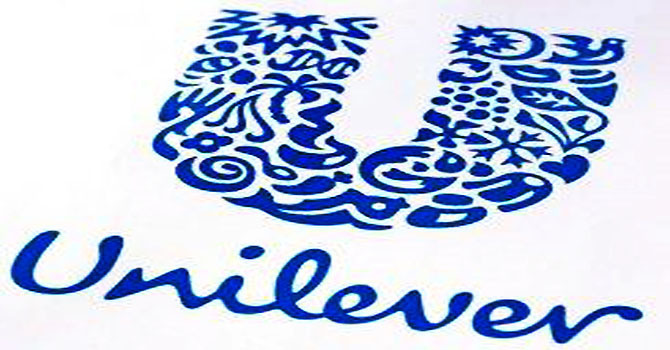I was on a client call yesterday working through the addition of a new product line with a goal of opening up new markets for the company when I stopped the conversation. Since I exclusively work with clients who value give-and-take, I interrupted to make a point. “There’s a should we, and there’s a how do we?” I said. “Let’s not confuse the two.”
All too often, growing companies and gung-ho managers eager to show progress drive straight into marketing tactics they confuse for outcomes. In fact, in the digital age, it’s become a job requirement for marketers to be able to put the stick shift into reverse. Like most everything it reminds me of a cartoon–this particular one of Yosemite Sam yelling, “Woah! Camel! Woah!” 
The “should we?” is the strategy, and the usual answer is to make more money. Nothing wrong with making more money, but you first have to ask the question whether launching a new line reflects the company’s brand identity, and whether or not it can help the company build upon its heritage while remaining true and meaningful to its customers. Imagine, if you will, Kraft Foods getting into the car business or Exxon Mobil veering off into toy manufacturing. Maybe there’s money to be made in those sectors, but diving into them would be confusing to shoppers and investors alike. That’s why when vertical companies venture off into new markets, they will create a wholly different brand around the product.
Unilever is a good example. They have brands in foods, refreshments, home care, beauty and personal care, but you know them as Dove, Lux, Axe, Lipton and Hellman’s. That’s quite a smattering, and they buy up more brands every year.
My client wasn’t making a Unilever like leap; the new line of equipment was in the same industry, but it had profound implications on their entire marketing operation, from tradeshows to targeted industries. I had to ask the question, “Will producing this new line of equipment compromise our values or our identity for short-term gain?” If the new line doesn’t align with the current brand, the company is risking the brand equity its taken years to build.
Adding web pages and altering SEO strategy can’t make up for an incoherent narrative because a brand is more than the sum of a series of tactics. It’s about a story supported by tactics.
A brand can branch off into new businesses without destroying the old even if it’s appealing to different markets as long as the story doesn’t change. The tactics? That’s a story I’ll address tomorrow.

